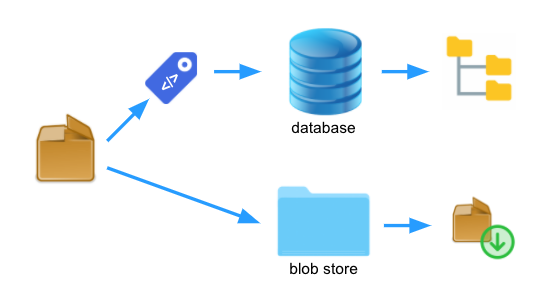Home » Security Bloggers Network » Storage Management Best Practices: Part 2 – Expand Storage with Ease
Storage Management Best Practices: Part 2 – Expand Storage with Ease
In part 2 of Storage Management Best Practices, we will explore the benefits of using Group Blob Store. Group Blob Store is a Nexus Repository Pro-only feature.
What is a Group Blob Store?
A Group Blob Store is a collection of one or more blob stores. It provides an indirection between a repository and the actual blob stores that the binary files of components reside. A repository can use a blob store directly, but when that blob store fills up, it could require downtime to move the underlying storage device of the blob store to a bigger device. Alternatively, a repository can use a Group Blob Store. With a Group Blob Store, the number of member blob stores and the order of writing to these blob stores can be configured as needed by the business. You can dynamically add more member blob stores to a group as needed, you can also change the fill policy of how the member blob stores are written to.
What is a Default Blob Store?
Before we dive into the Group Blob Store, it is important to understand Nexus Repository ships with a default blob store. This default blob store is created for ease of installation, so administrators can map any newly created repositories without having to worry about the underlying blob store.

Using the default blob store is convenient, but it also comes with some management limitations. For example, when multiple repositories are mapped to the default blob store, it becomes more difficult to backup only the binaries of the highest importance and leaves the throwaway binaries out of the backup schedule. If the Nexus Repository database is using the same storage device as the default blob store, filling up the storage device could lead to unexpected downtime because of the (Read more...)
*** This is a Security Bloggers Network syndicated blog from Sonatype Blog authored by Kam Lau. Read the original post at: https://blog.sonatype.com/storage-management-best-practices-part-2





